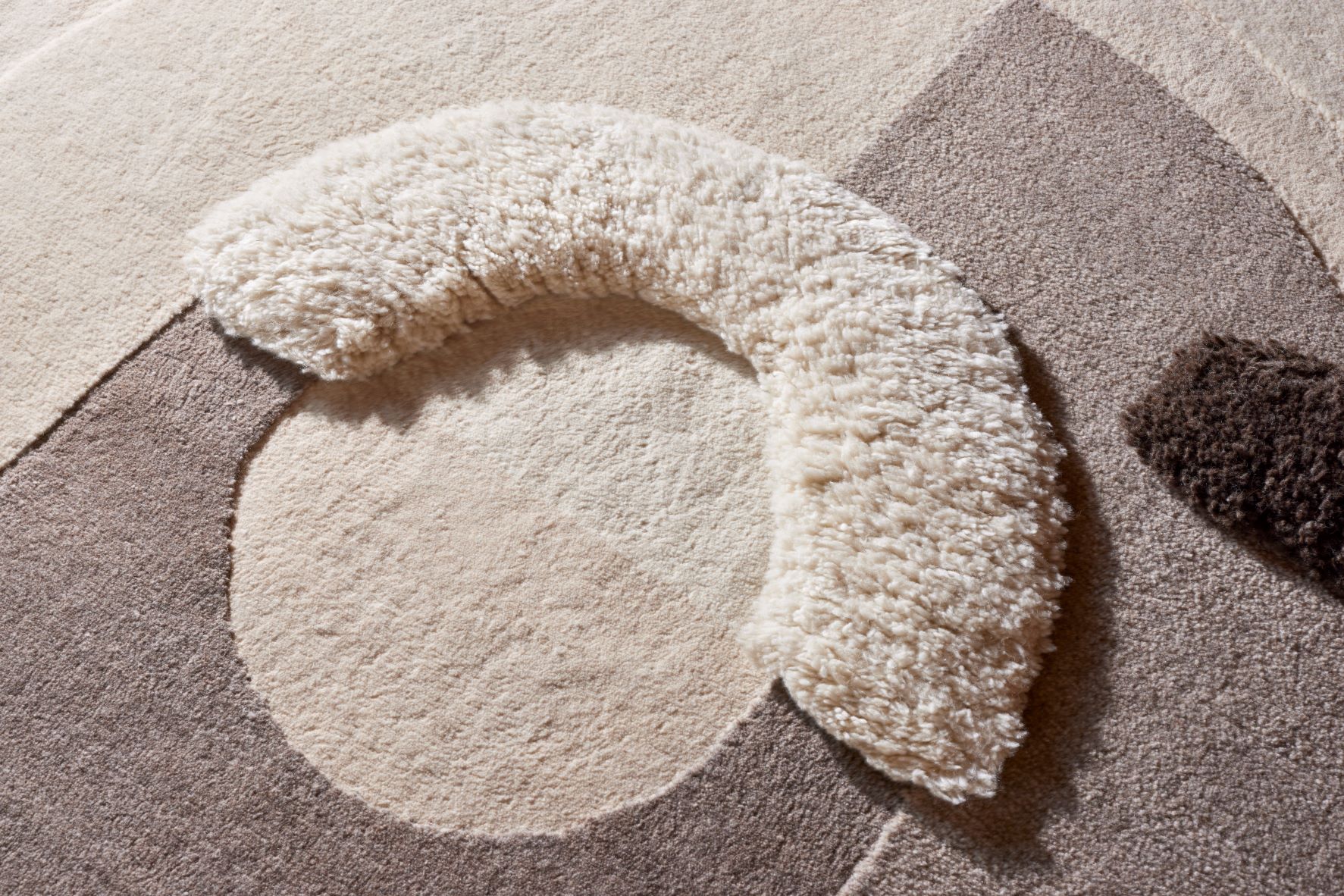Wool researchers have developed a prototype plastic-free compostable rug under a $4.9m sustainability initiative, bringing New Zealand’s wool export industry closer to mass production of fully compostable carpets.
Latest Government statistics show textiles, including all forms of carpet, make up around five percent of New Zealand landfill volumes with over 186,000 tonnes entering the waste stream each year.[1]
Dr Kirstine Hulse, sustainability lead at Bremworth, says while wool is a natural fibre which can break down due to its organic composition, most wool carpets use a polypropylene backing and latex which contain synthetic materials – preventing the product from being composted.
She says the new rug, which is hand woven from natural materials including sheep wool and alpaca fibres, was created as part of a rapid prototyping research initiative – designed to test a number of sustainability concepts in textile design.
Each iterative step in the programme is designed to address barriers preventing carpet from completely breaking down at the end of its life.
“By preserving the natural integrity of the fibre we can increase the number of opportunities for product circularity, increase the number of secondary uses for used carpet and significantly reduce volumes of textiles entering the landfill,” she says.
Dr Hulse says crossbred sheep and alpaca fibres were used in the first prototyping process to provide a broader range of colours but more trials are underway to find alternatives to the use of alpaca yarn – which is in limited supply in New Zealand.
Greg Smith, Bremworth’s CEO, says the development of fully compostable carpet that can be mass-produced in a financially viable way would be transformational for New Zealand’s wool exports. He says the three-year research initiative was launched in response to demand from consumers for an environmentally sound, end-of-life solution for carpet.
“We know there has been a post-pandemic shift in the way our international customers are seeing New Zealand wool, with a growing number looking to integrate natural fibre products into their home environment.
“While design and quality remain key drivers for most segments, what happens at the end of a product’s useful life is becoming an increasingly important factor in the purchase decision.
“Ultimately for New Zealand wool products to carry a price premium in key export markets like North America, we need to invest significantly into the creation of an added-value product.
“Our latest research initiative is designed to help us build a product range which can be meaningfully reused or naturally returned to the earth in a way that resonates with our customer base – without compromising the design and performance that they care about,” he says.
[1] Ministry for the Environment: Estimates of waste generated in Aotearoa New Zealand. Accessible here.




